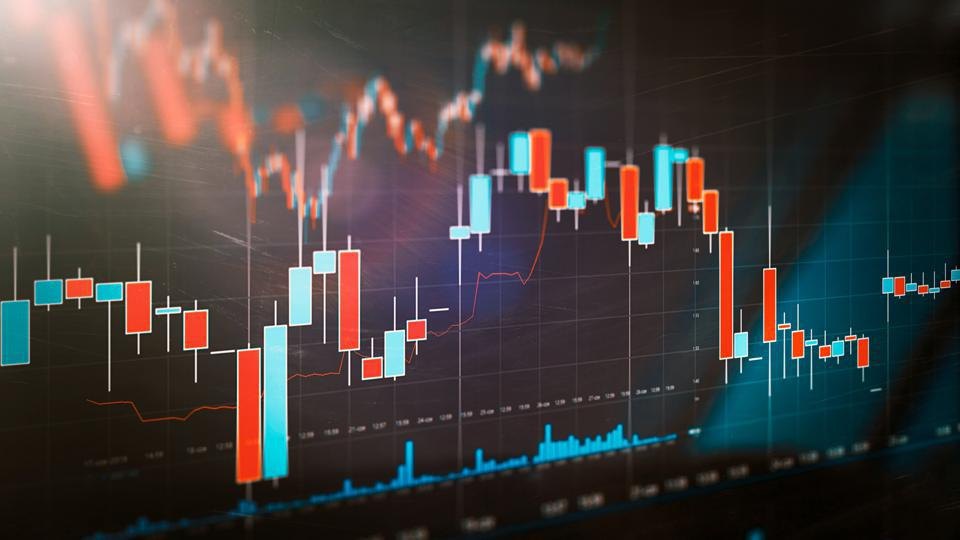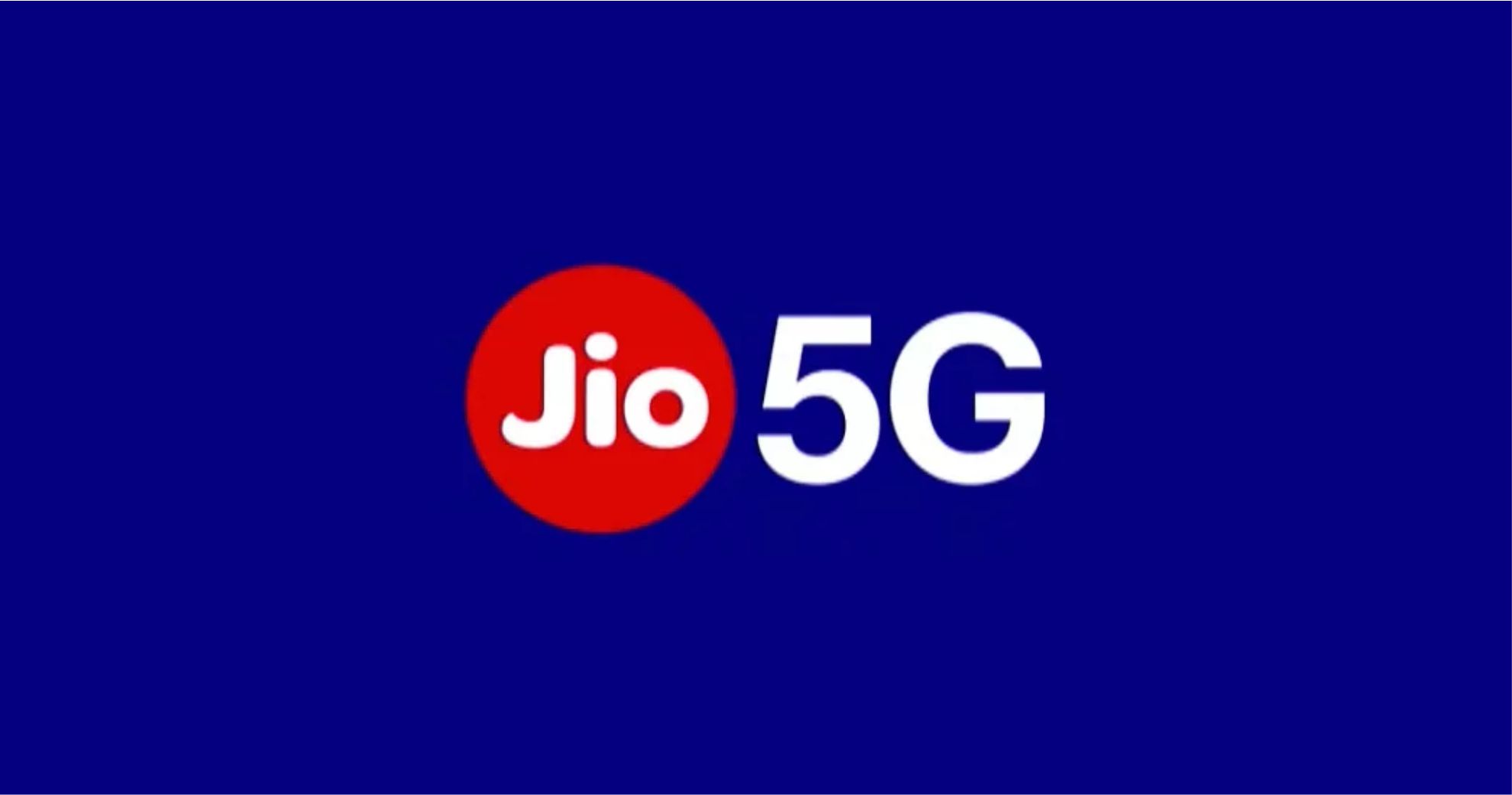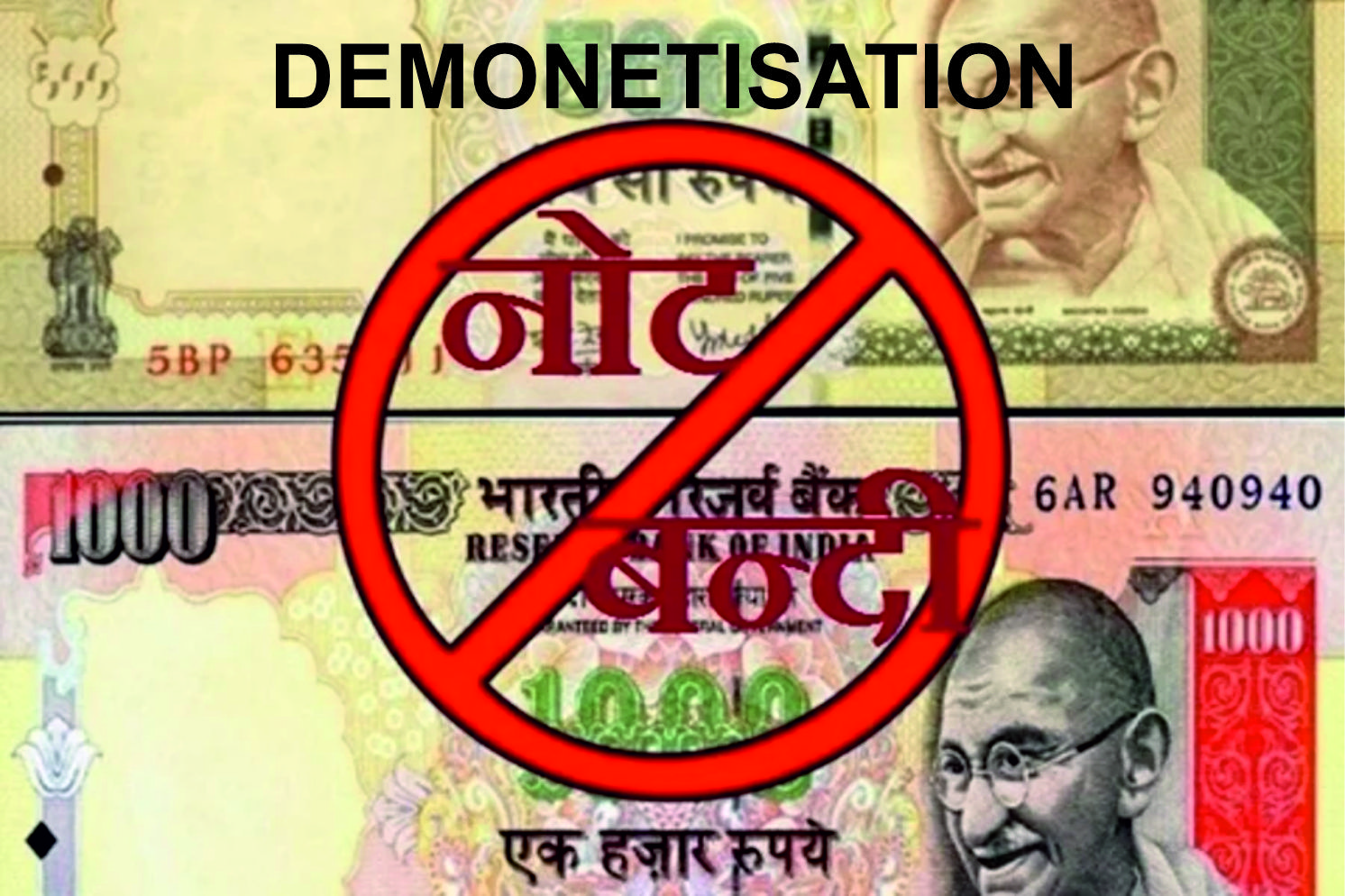Indian Share Market Outlook September 2025: Impact of GST Reforms and US Tariffs on Key Sector

As of September 8, 2025, the Indian stock market remains resilient despite global headwinds, with the Sensex near 80,700 and the Nifty 50 close to 24,740. Recent gains stem from optimism over US interest rate cuts, stronger bilateral ties, and domestic catalysts like GST 2.0. Yet, uncertainties from US tariffs, commodity volatility, and geopolitical shocks keep investors cautious. This article highlights the top sectors to focus on, winners and losers from GST reforms, the effects of US tariffs, and the role of metals like gold and silver in shaping investment strategies.
Top Sectors to Focus On in the Indian Stock Market
With GDP growth projected above 7% for FY26, several sectors are poised for expansion:
-
Defence and Aerospace: India’s $25 billion defence production target by 2025 drives HAL and Bharat Electronics, supported by exports and indigenization. CAGR projected at 14–16%.
-
Renewable Energy: Net-zero ambitions make Adani Green and Tata Power attractive, with potential 20%+ annual growth.
-
Healthcare and Pharma: Post-pandemic resilience and robust US generics demand fuel Sun Pharma and Dr. Reddy’s. The sector could touch $130 billion by 2030.
-
Information Technology (IT): Despite tariff risks, digital transformation and AI keep TCS and Infosys on growth trajectories.
-
Banking & Financial Services: With 15% credit growth, SBI and HDFC Bank offer stability, while fintech integration enhances prospects.
-
FMCG: Rural demand recovery boosts HUL, Britannia, and ITC, as the market nears $220 billion in 2025.
-
Automobiles: EV incentives support Tata Motors, Maruti Suzuki, and Mahindra, with sales growth of 8–10%.
-
Real Estate & Infrastructure: Housing demand favors DLF and Godrej Properties, while L&T benefits from government-led capex.
Sectors Facing Ups and Downs from GST Reforms
Effective September 22, 2025, GST 2.0 simplifies tax slabs to 5% and 18%, introduces a 40% sin-goods rate, removes the coal cess, and exempts health insurance.
Upside Sectors:
-
FMCG & Consumer Staples: Lower taxes on soaps, biscuits, dairy, and groceries could lift HUL, Britannia, and Dabur by 10–15%.
-
Automobiles: Reduced GST on EVs and components drives sales growth of 5–7%.
-
Consumer Durables: Lower prices of ACs, fridges, and mobiles favor Voltas, Dixon Tech, and Blue Star.
-
Healthcare & Insurance: Zero GST on policies boosts HDFC Life, ICICI Pru, and pharma exporters.
-
Agriculture & Education: Exemptions support ITC Agri and NIIT.
Downside Sectors:
-
Sin Goods & Luxury: A 40% rate hurts ITC (tobacco), Varun Beverages (aerated drinks), and premium auto makers.
-
Coal & Power: Removal of coal cess aids NTPC and Tata Power long-term, but transition may create short-term volatility.
Overall, GST 2.0 is expected to add 0.5–1% to GDP growth while spurring a consumption-led market rally.
US Tariffs and Market Ripples
President Trump’s 50% tariffs on Indian exports, effective late August 2025, target $86 billion in trade.
-
Negative Impacts:
-
Textiles & Apparel: Arvind and Welspun hit, with 2–3 million jobs at risk.
-
Gems & Jewelry: $10B exposure threatens Titan and PC Jeweller.
-
Pharma & IT: Sun Pharma and Infosys face 5–10% revenue risks from dual taxation.
-
Seafood & Engineering Goods: Avanti Feeds and Bharat Forge pressured by rising costs.
-
Despite the blow, the Nifty fell just 0.21% post-tariff announcement, showing resilience as exporters pivot to EU and ASEAN markets.
Metals Market: Gold, Silver, and Base Metals
In times of tariff shocks and currency volatility, metals offer both hedges and opportunities:
-
Gold: Hovering near ₹67,000 per 10g, gold remains a safe-haven asset amid inflation concerns and rupee weakness. Demand is also driven by festive and wedding season buying, keeping stocks like Titan and Muthoot Finance attractive.
-
Silver: Trading around ₹82,000 per kg, silver is benefiting from dual demand — as a safe asset and as a critical input in solar panels and EV batteries. Analysts see 15–20% upside in FY26 due to renewable energy push.
-
Base Metals (Copper, Aluminum, Steel):
-
Copper gains from renewable and EV demand.
-
Steel & Aluminum suffer from US tariffs but remain supported by domestic infra and defence spending.
-
Coal transition may disrupt supply in the near term, but power producers gain long-term.
-
Metals thus offer a diversified play: defensive (gold, silver) and growth-driven (copper, steel).
Conclusion: A Balanced Outlook
The Indian market in September 2025 stands at a critical juncture. GST 2.0 reforms promise consumption-led growth, while US tariffs challenge exports. Sectors like defence, renewables, FMCG, healthcare, IT, and e-commerce stand out as clear winners. Meanwhile, metals — especially gold and silver — provide both portfolio hedging and thematic growth opportunities.
With the Nifty eyeing 25,000, investors should focus on fundamentals, balancing aggressive plays in defence, renewables, and autos with conservative bets in banking and healthcare. Metals and consumption themes offer additional resilience, making diversification the best shield against global volatility.



 171
171

 The BharatBiz
The BharatBiz
 16
16

